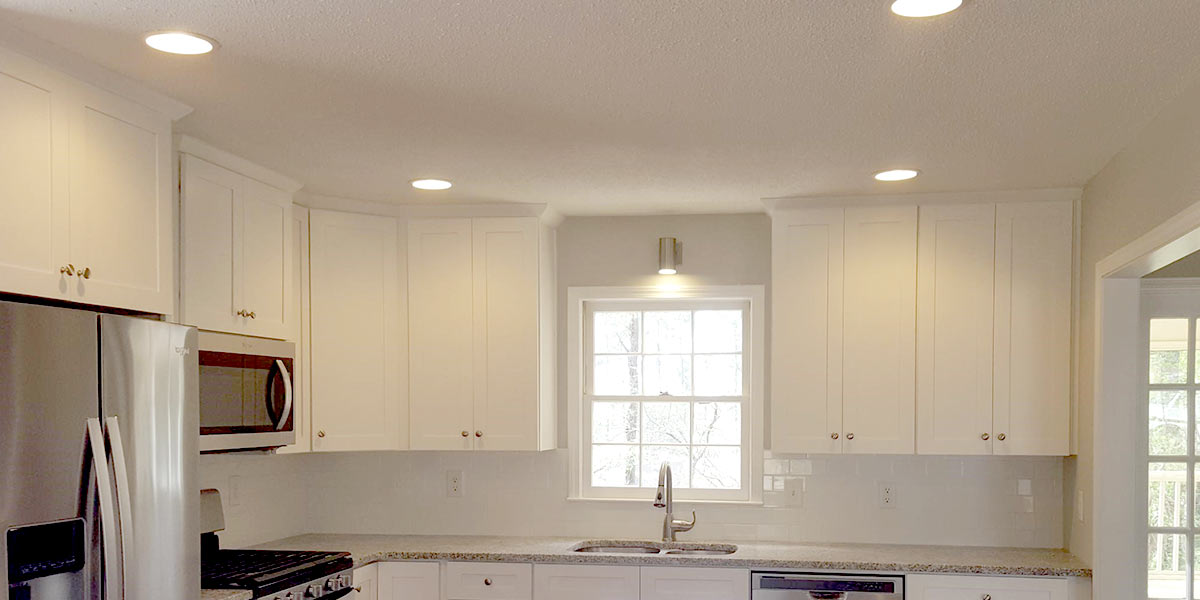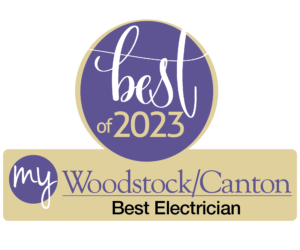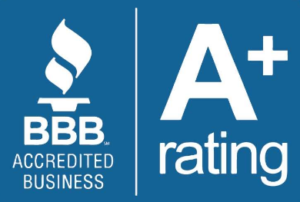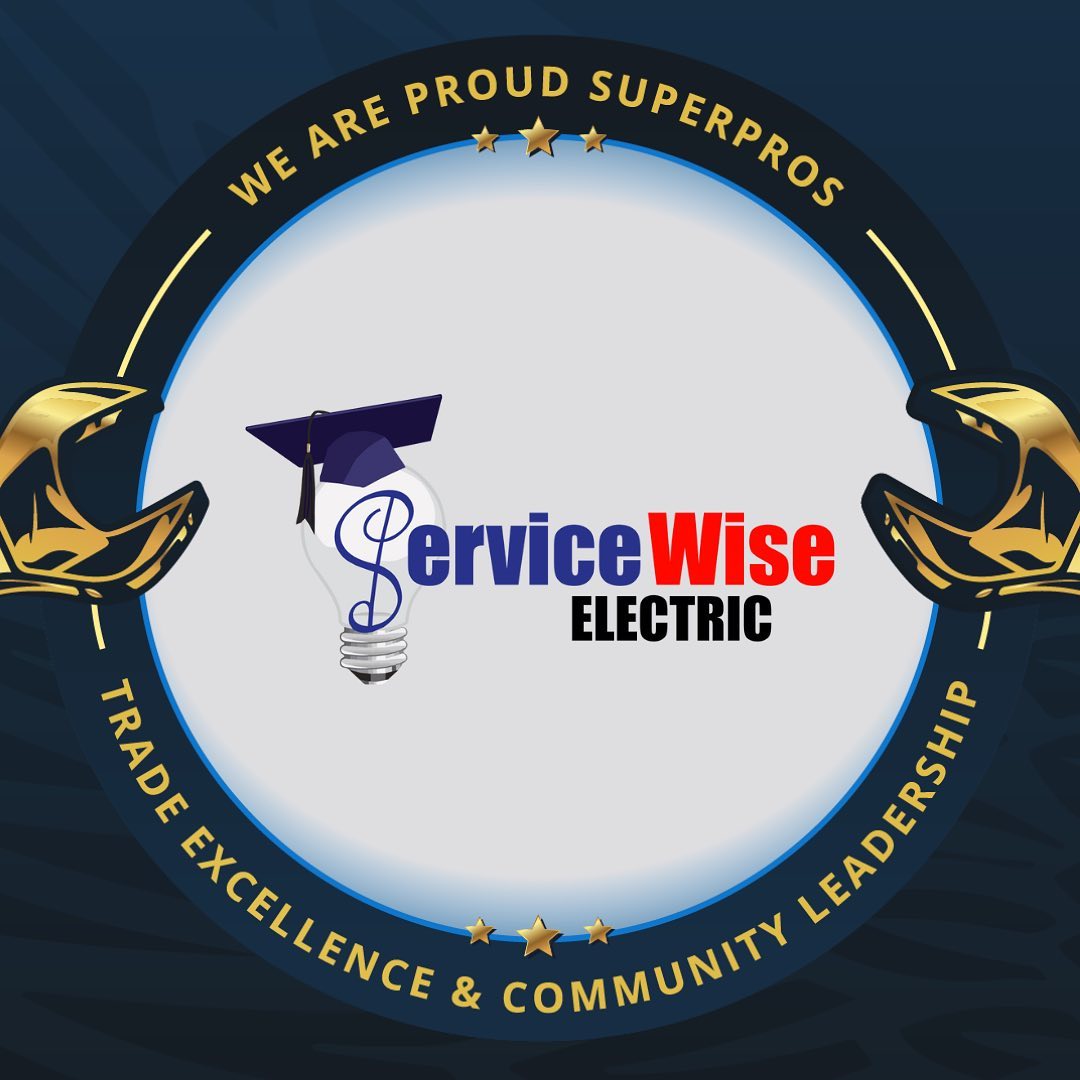Last updated on November 13th, 2020 at 03:43 pm
Are you excited to explore new lighting options for your home? Consider recessed lighting! Our guide shares a complete tutorial covering canned lighting.
A popular way to add stylish lighting began as 1930s task lighting in Detroit factories. For 60 years, the industrial-style lights came in two colors: black and white.
Today, recessed lighting includes a variety of finishes. The fixtures known as spotlights, canned, and recessed lights, work in every situation. They provide ambient light, wall lighting, downlighting, and uplighting.
Do your research before you start. Compare sizes, styles, and bulb options. Is it new construction or a renovation?
This guide breaks down what you need to know about canned lighting. Keep reading to learn what’s best for you.
Types of Recessed Lighting
Canned lighting is most common on ceilings, but it works in walls and floors, too.
In a ceiling, recessed lights perform a downlighting function. For example, canned lights over a kitchen countertop provide focused task lighting.
Angle recessed lighting to illuminate steps or a walkway. Outside, in-ground lighting can uplight architectural and landscape features. It’s also an excellent way to illuminate a pool.
Sometimes, you want general lighting, other times you want to focus on something. Here are 3 ways to define your lighting needs.
Ambient Lighting
Ambient or general lighting brightens the whole room. It works for busy spaces like a family room or kitchen.
Accent Lighting
Use accent lighting to draw attention to a certain item. Interior spotlights can illuminate a sculpture or painting. Exterior accent lighting showcases architectural details and landscaping.
Aim the spotlight at a 30-degree angle to reduce glare on your focal point.
Wall Washing
Wall washing refers to bathing a wall in light. It’s a nice way to bounce light into a room without using direct downlighting.
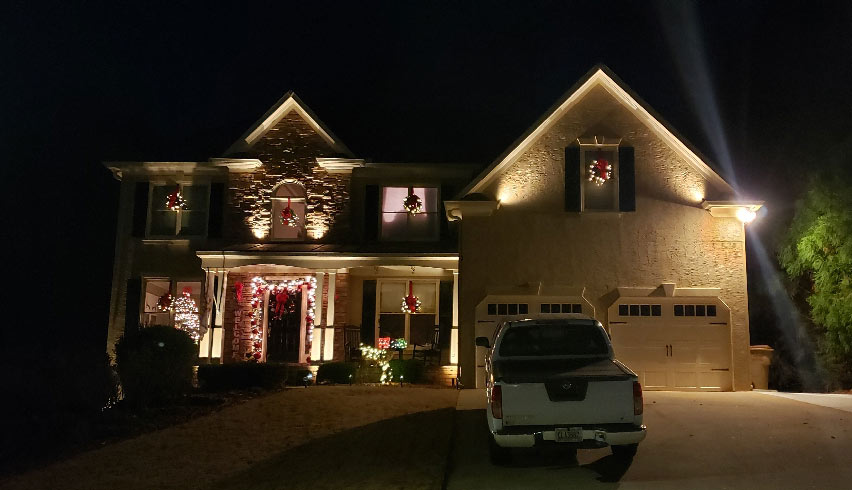
Housing and Trim for Canned Lighting
Some canned lighting is one piece, but most have two parts. The two-parts are the housing and the trim.
The housing mounts to the ceiling, wall or ground. It consists of the light, mounting hardware, and electrical parts. Some types of housing move so you can adjust where the light projects.
The trim is the part of the light you can see. Sometimes you must remove the trim to change the lightbulb. Choose a trim style that matches your interior or exterior design.
The housing depends on whether it’s for new construction or a remodeling project.
Remodel and New-Construction Housings
There are two different ways to support canned lights. In new-construction, support comes from attaching the housing to a visible joist.
New-construction housings are less expensive than remodel fixtures. There’s also a larger variety of trim styles.
New-construction housings can work in remodeling if you expose the joists. It’s also an option if you can access the attic space above the ceiling fixtures.
If you want recessed lights without tearing down the ceiling, use a remodel housing. It uses metal clips. They push through the housing into drywall to secure the fixture.
Remodel housings are the best choice for limited space. Homes without a crawl space or attic can use them to upgrade to recessed lighting.
What Type of Light Bulb Should You Use?
Some recessed lighting called integrated LED, doesn’t need a bulb. Others have special lamp holders for specific fluorescent or halogen bulbs.
Fixtures with a medium-sized screw base use incandescent, fluorescent, halogen, and LED bulbs.
There are many choices of non-LED bulbs. The variety of styles can fit any lighting configuration. Different bulbs perform different functions. A lighting pro can help you choose the right bulb for:
- General Use Lighting
- Spotlight
- Flood Light
- Task Lighting
- Accent Lighting
- Landscape Lighting
Fluorescent bulbs operate at a low temperature and save money because they last a long time. The light is cool compared to an incandescent bulb. But, you can buy fluorescent lamps that produce a warmer glow.
Halogen bulbs are best for task lighting in a small area. Incandescent lamps are popular for general lighting with a warm tone. LED bulbs can create and combine these lighting styles.
Focus on incandescent, halogen or LED bulbs if you want a dimmer switch or remote control. Fluorescent bulbs aren’t dimmable unless they contain a dimmable ballast.
Selecting the Trim
The trim you choose for your recessed lighting effects how they look and operate.
For a low-profile seamless look, choose a flangeless trim. Pick a flanged trim to add a border around the light. Other options include a beveled or flat trim.
Use the shape of the trim can match your decor. Choose a square trim for a modern look. Circular trims are more traditional.
If you install recessed lighting in a pool area, shower or outdoors you need wet location trim. A damp location trim works everywhere else.
Get an open reflector trim to shine the most light. Reduce the amount of light with a baffle. A specular trim can reduce glare.
If you want added flexibility, choose a trim that lets you direct the light.
Fixture Sizes
Canned lighting can provide task lighting, accent lighting, and general lighting. The fixture size you choose depends on the area you want to light, and how far away it is.
Residential fixtures range from 3 to 7 inches in diameter. The 3- and 4-inch fixtures are often used for task and accent lighting on lower ceilings. A 4-inch fixture in an 8-foot ceiling provides good kitchen countertop lighting.
If you want to wash a wall with light, use a 7-inch fixture in an 8-foot ceiling. For general lighting, use a 6-inch downlight. It’s the most common size and has more trim options.
A downlight is good for reading, lighting a hallway, or general lighting in a great room. Use an eyeball spotlight to accent a sculpture on a shelf or your favorite painting. Add a wall washer trim to make the light more subtle.
It’s smart to consult a lighting professional for ideas on the ideal sizes, spacing, and lumens for your home.
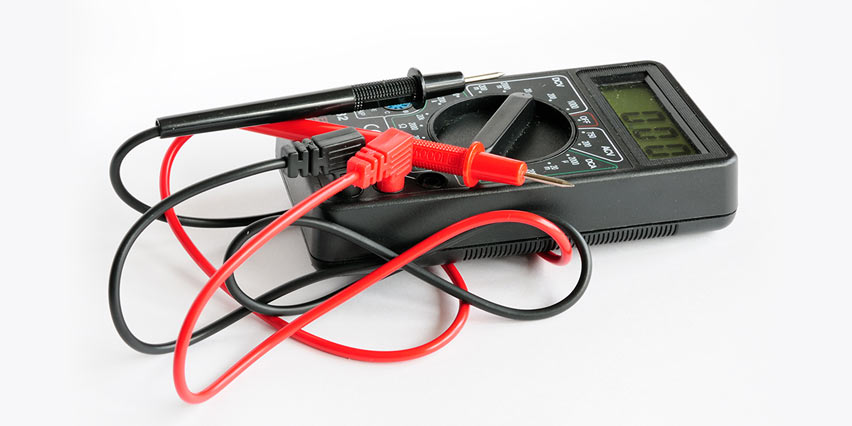
Fixture Housing Rating
Why do you need to know about voltage and ratings? Because you want your beautiful lighting to be safe. Here are some things to research before you buy canned lighting for your home or office.
The National Electric Code (NEC) sets the standard for electrical safety. The NEC states housings must be insulation contact (IC) rated if put near insulation.
IC rated new construction housings attach to joists before the ceiling installation. If you can reach the area above the ceiling, you can install it inside the attic. IC-rated fixtures are safe and air-tight. They prevent heat and air loss through gaps around a fixture.
Non-IC-rated housings are okay when installed 3 or more inches away from insulation. Otherwise, you must buy or build a cover to prevent contact with the insulation.
Any recessed fixture housed in an insulated attic must be both IC and airtight. Most styles of canned lighting fixtures come with one or both ratings.
Voltage
There are different kinds of voltage for recessed lighting. The line voltage is 120V and the low voltage is 12V.
The normal household voltage is line voltage (120V). You don’t need special dimmers or transformers for line voltage. 120V has the lowest upfront cost.
Low voltage is less common and more energy efficient. A 12-volt current needs a special transformer to reduce the voltage. If you want a dimmer switch, you need a special modern-dimmer switch.
Low voltage fixtures, transformers, and dimmers cost more than line voltage recessed lighting.
Integrated LED housing offers the most light control, including dimming. They are low maintenance and energy-efficient. But, if the LED bulb goes out you must replace the entire unit.
You can retrofit canned lighting with LED lights. Start by removing the original bulb and trim. Next, screw an LED module adapter into the socket.
Recessed fixtures are hard-wired lighting. The max wattage rating of the fixtures determines the number of fixtures on a circuit. The light bulb wattage isn’t part of the calculation.
When installing several fixtures, choose the lowest wattage that works with your bulbs. Consider contacting a local electrician for guidance before spending your money.
Add Canned Lighting to Your Home
We hope this short guide gave you some useful information. There’s no doubt that canned lighting can improve the look, feel, and function of your home.
Consider with care whether you have the skills to do-it-yourself. In most cases, handling electrical wires is best left to a professional electrician.
A professional electrician can help you plan and install what you need. Contact us today for a free quote and consultation on your recessed lighting project.
